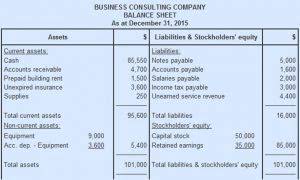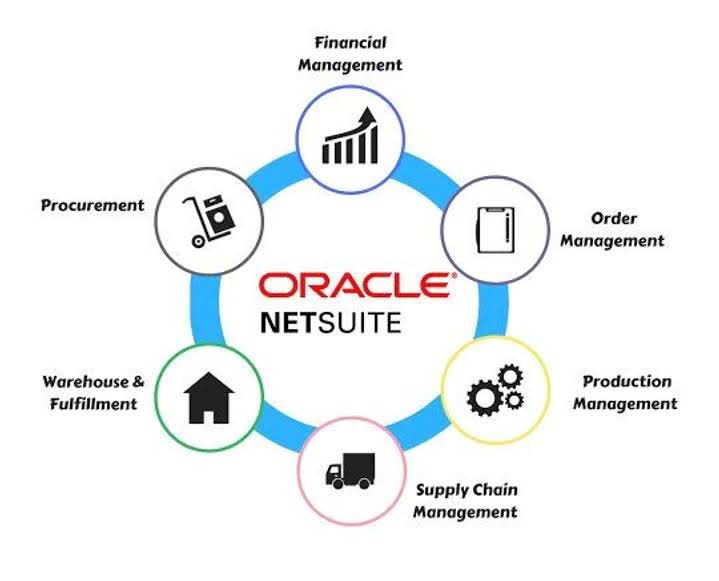
You must use the same method for reporting your inventory across all of your financial statements and your tax return. If you want to change your inventory accounting practices, you must fill out and submit IRS Form 3115. If your inventory costs don’t really change, choosing a method of inventory valuation won’t seem important. After all, if the first piece of inventory you bought was the same value as the last piece of inventory, there will be no difference in the calculation of your Cost of Goods Sold or ending inventory. The company sells an additional 50 items with this remaining inventory of 140 units. The cost of goods sold for 40 of the items is $10 and the entire first order of 100 units has been fully sold.
Impact of FIFO on Cost of Goods Sold (COGS)
This is because she presumes that she sold the 80 units that she bought for $3 apiece first. For example, say your brand acquired your first 20 units of inventory for $4 apiece, totaling $80. Later on, you purchase another 80 units – but by then, the price per unit has risen to $6, so you pay $480 to acquire the second batch. LIFO, or Last In, First Out, is an inventory value method that assumes that the goods bought most recently are first in first out method formula the first to be sold. When calculating inventory and Cost of Goods Sold using LIFO, you use the price of the newest goods in your calculations.
What Is the FIFO Method?

To calculate the value of https://www.bookstime.com/ ending inventory using the FIFO periodic system, we first need to figure out how many inventory units are unsold at the end of the period. First, we add the number of inventory units purchased in the left column along with its unit cost. Earlier costs recorded in materials ledger cards are used for costing requisitions, and the balance consists of units received later.

A How-To Guide for Creating a Business Budget
Someone on our team will connect you with a financial professional in our network holding the correct designation and expertise. Our mission is to empower readers with the most factual and reliable financial information possible to help them make informed decisions for their individual needs. Our writing and editorial staff are a team of experts holding advanced financial designations and have written for most major financial media publications. Our work has been directly cited by organizations including Entrepreneur, Business Insider, Investopedia, Forbes, CNBC, and many others. Our team of reviewers are established professionals with decades of experience in areas of personal finance and hold many advanced degrees and certifications. Finance Strategists has an advertising relationship with some of the companies included on this website.
How To Calculate FIFO

First in, first out (FIFO) is an inventory costing method that assumes the costs of the first goods purchased are the costs of the first goods sold. FIFO is the most commonly used inventory accounting method because most companies sell older inventory first, like in the case of milk at a grocery store. It is the preferred method for US Financial Reporting and is the only acceptable method in International Financial Reporting. In the case of price fluctuations, you’ll need to calculate FIFO in batches.
Therefore, the value of ending inventory is $92 (23 units x $4), which is the same amount we calculated using the perpetual method. To find the cost valuation of ending inventory, we need to track the cost of inventory received and assign that cost to the correct issue of inventory according to the FIFO assumption. The materials used in a job or process are charged at the price of their original purchase.
- You can use fulfillment software to assign and track FIFO-related tasks, while workflow automation can streamline training processes and ensure consistency for FIFO implementation.
- The FIFO method reflects your true net and gross profits as inventory prices increase, eliminating any confusion you might encounter during financial reporting.
- By matching the oldest costs of goods sold against revenues, FIFO presents a fair and consistent picture of ending inventory balances and cost of goods sold on financial statements.
- You will also have a higher ending inventory value on your balance sheet, increasing your assets.
- By providing lower COGS and higher ending inventory valuations, FIFO can increase apparent profitability, especially in times of rising prices.
The return of excess materials, initially issued to the factory for a particular job, to the storeroom is treated as the oldest stock on hand. Specifically, FIFO assumes that the first cost received in stores is the first cost that goes out from the stores. This team of experts helps Finance Strategists maintain the highest level of accuracy and professionalism possible. At Finance Strategists, we partner with financial experts to ensure the accuracy of our financial content. For information pertaining to the registration status https://www.facebook.com/BooksTimeInc/ of 11 Financial, please contact the state securities regulators for those states in which 11 Financial maintains a registration filing. Many industries with perishable goods use FIFO, including food and beverage, pharmaceuticals, and retail.

Using the FIFO method formula allows businesses to accurately track inventory costs over an accounting period and determine the value of inventory at the end of the period. This ensures the accuracy of financial statements like the balance sheet and income statement. However, LIFO inventory management may not be the best choice for managing perishable goods or items with limited shelf life. Although it may provide income tax benefits by reducing profits, it’s not suitable for all situations. Keeping track of all incoming and outgoing inventory costs is key to accurate inventory valuation.
